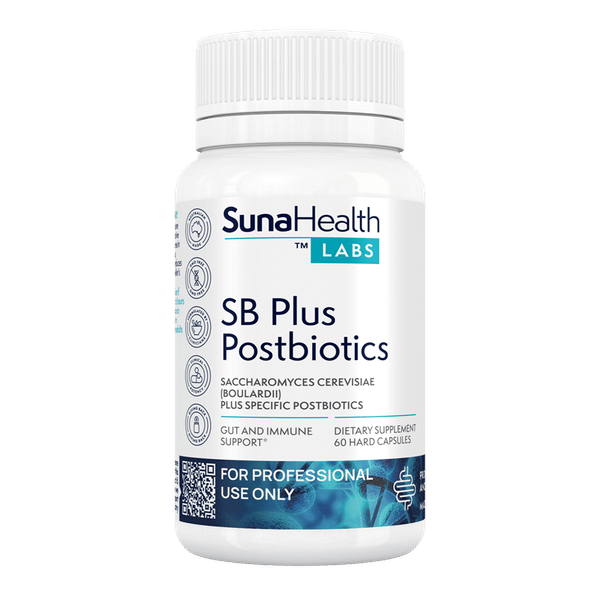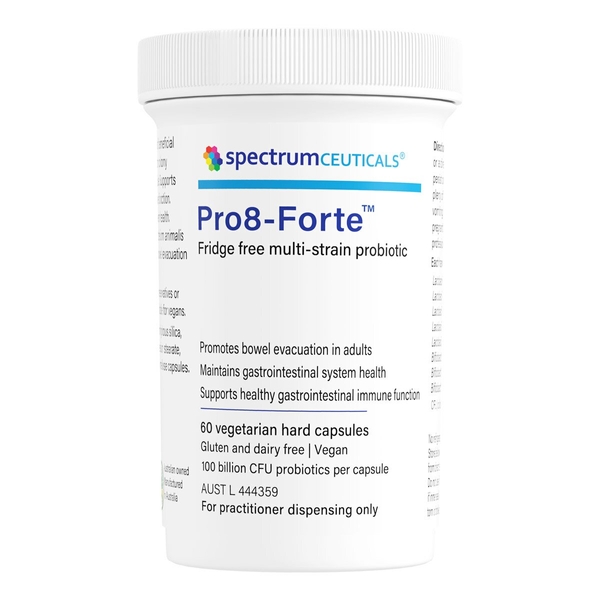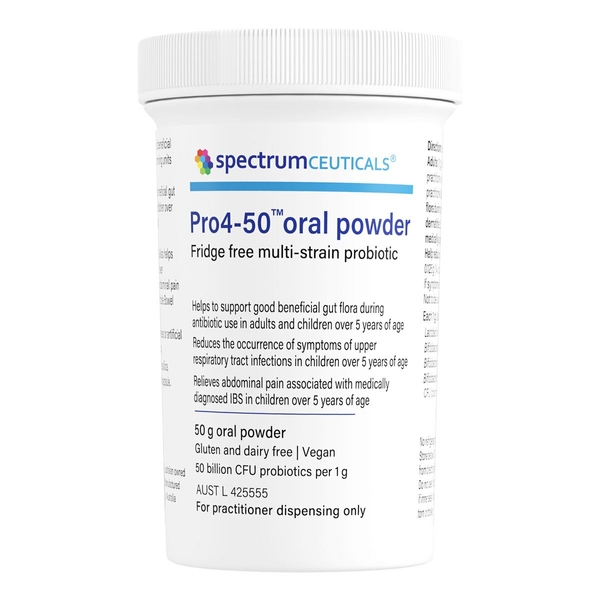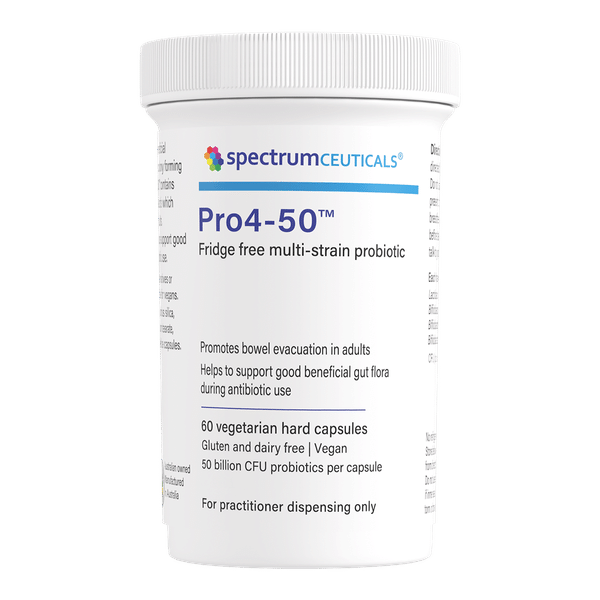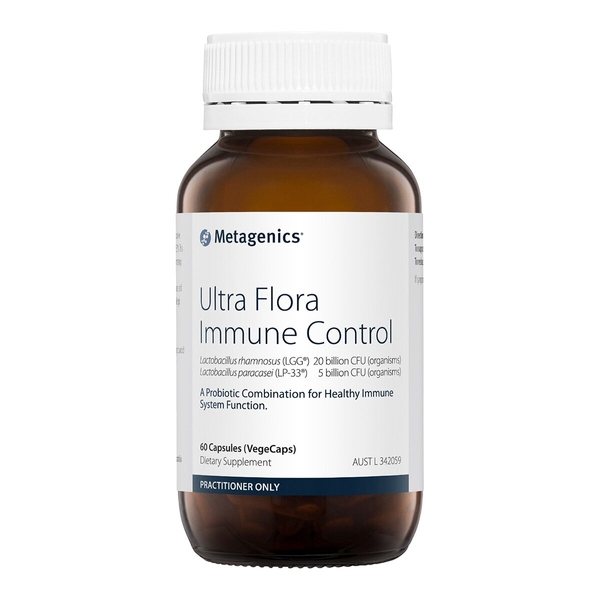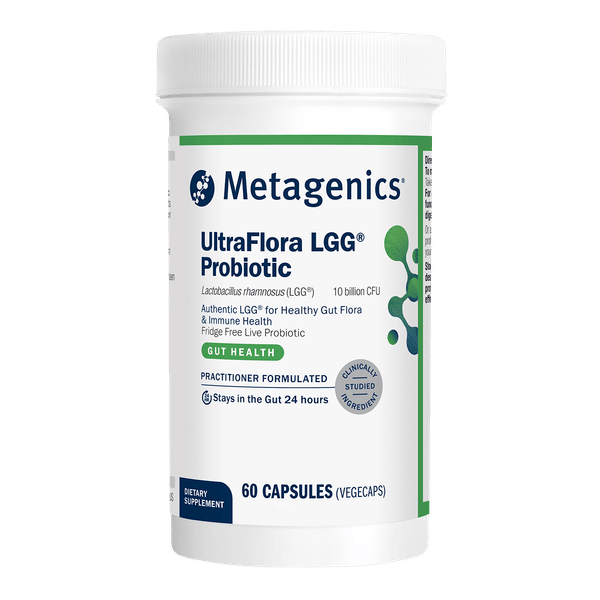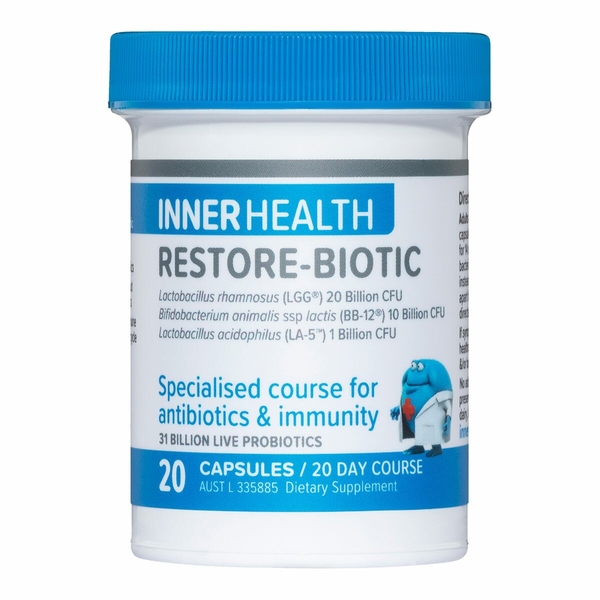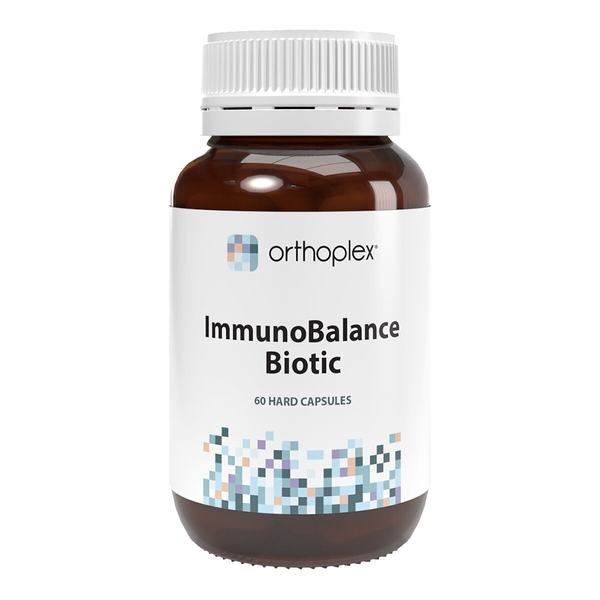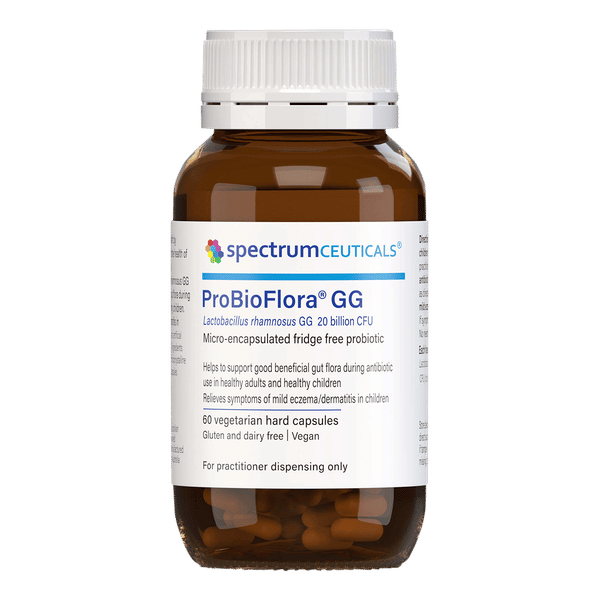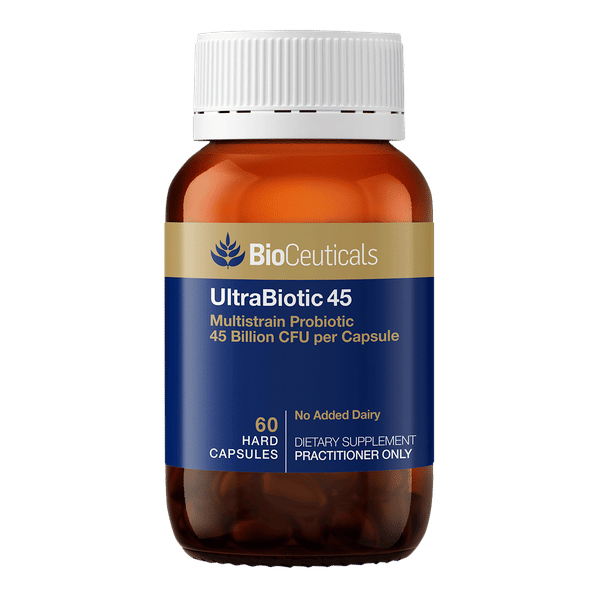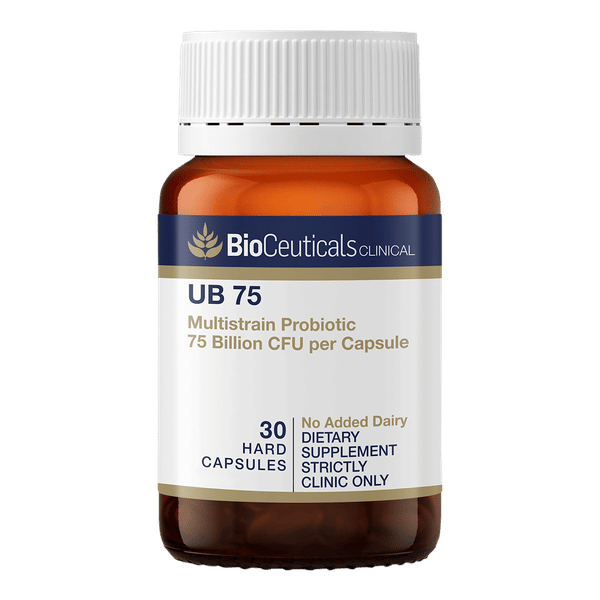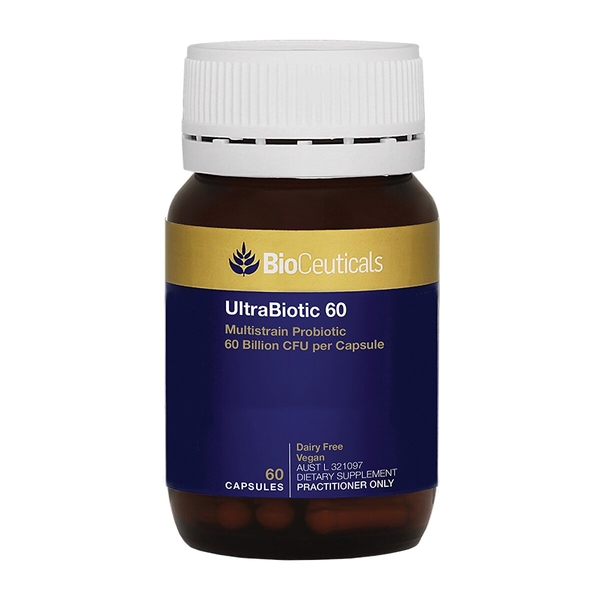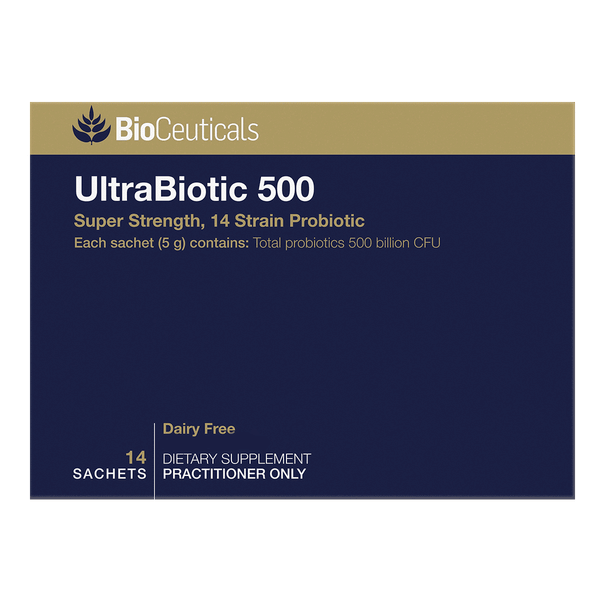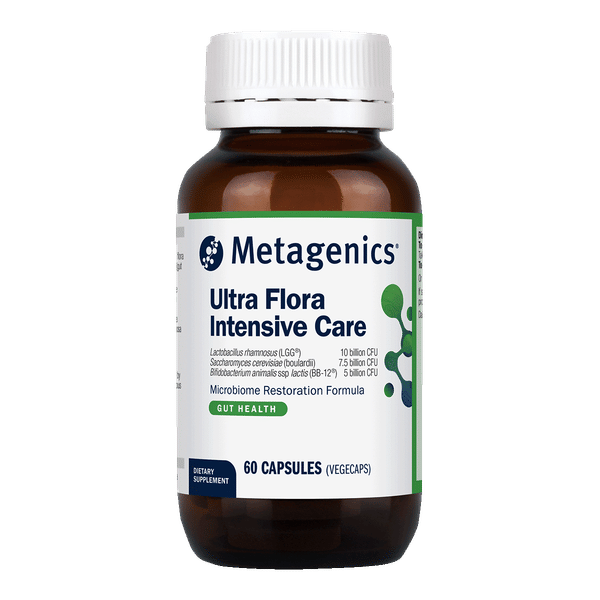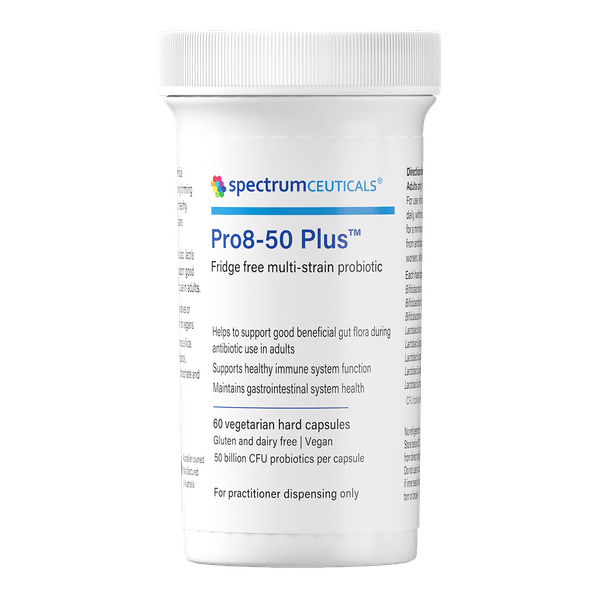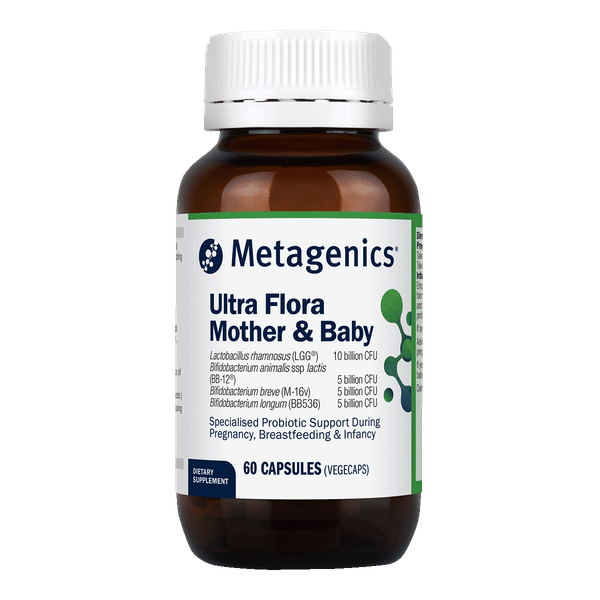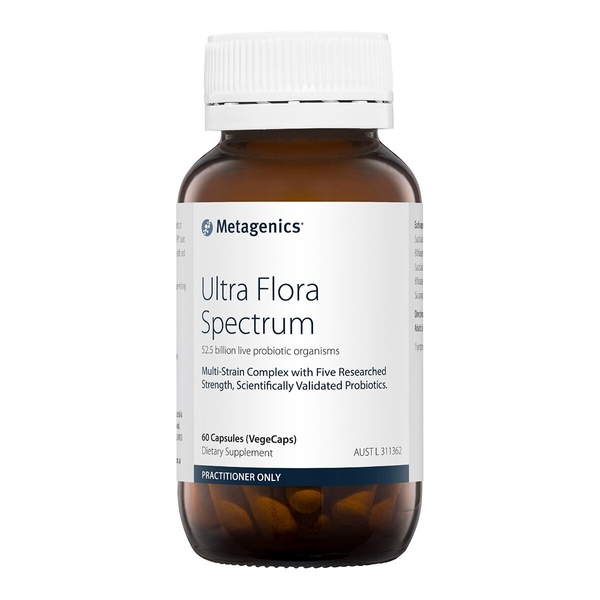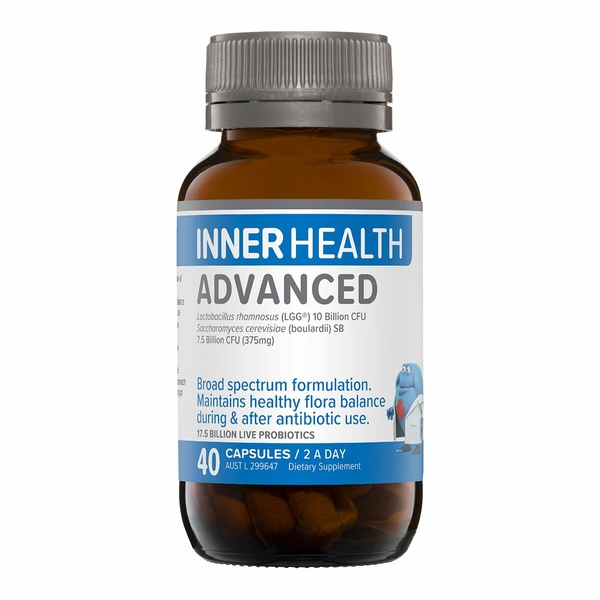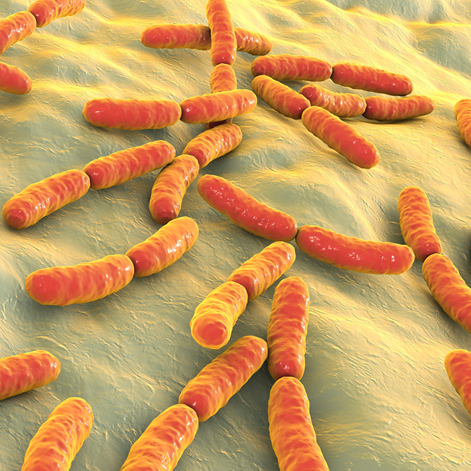
Lacticaseibacillus rhamnosus
Scientific names: Lacticaseibacillus rhamnosus
Family: Lactobacillaceae
Alternative names: L. casei GR-1, L. rhamnosus, Lactobacillus Casei GR-1, Lactobacillus Rhamnosus, Probiotic, Probiotique
Background
Lacticaseibacillus rhamnosus (L. rhamnosus) is a type of probiotic ("good" bacteria) found in the mouth, vagina, and gut. It's also found in fermented foods.
"Good" bacteria such as L. rhamnosus can help break down food, absorb nutrients, and fight off "bad" organisms that might cause diseases. Specific strains of L. rhamnosus are commonly added to fermented foods like yogurt and are also found in probiotic supplements.
People use L. rhamnosus for diarrhea from antibiotics, eczema, preventing allergic reactions, and preventing respiratory tract infections. It is also used for hay fever, stomach pain, canker sores, colic, and many other conditions, but there is no good scientific evidence to support many of these other uses. There is also no good evidence to support using L. rhamnosus for COVID-19.
Don't confuse L. rhamnosus with other probiotics, or with fermented food products such as fermented milk, kefir, or yogurt. These are not the same. Also note that L. rhamnosus used to be classified under the Lactobacillus genus. But Lactobacillus was split up into 25 different genera in April 2020. Some product labels might still list this species as Lactobacillus rhamnosus rather than its new name, Lacticaseibacillus rhamnosus.
"Good" bacteria such as L. rhamnosus can help break down food, absorb nutrients, and fight off "bad" organisms that might cause diseases. Specific strains of L. rhamnosus are commonly added to fermented foods like yogurt and are also found in probiotic supplements.
People use L. rhamnosus for diarrhea from antibiotics, eczema, preventing allergic reactions, and preventing respiratory tract infections. It is also used for hay fever, stomach pain, canker sores, colic, and many other conditions, but there is no good scientific evidence to support many of these other uses. There is also no good evidence to support using L. rhamnosus for COVID-19.
Don't confuse L. rhamnosus with other probiotics, or with fermented food products such as fermented milk, kefir, or yogurt. These are not the same. Also note that L. rhamnosus used to be classified under the Lactobacillus genus. But Lactobacillus was split up into 25 different genera in April 2020. Some product labels might still list this species as Lactobacillus rhamnosus rather than its new name, Lacticaseibacillus rhamnosus.
Safety Safety definitions
When taken by mouth: L. rhamnosus is likely safe. It's been used safely together with other probiotics for up to 6 months. Some people might experience gas or bloating, but it's usually well-tolerated.
When applied to the vagina: L. rhamnosus is likely safe. It's been used safely for up to 6 months.
Breast-feeding: L. rhamnosus is possibly safe when taken by mouth while breast-feeding. It's been used safely for up to 6 months.
Children: L. rhamnosus is likely safe when taken by mouth appropriately in most children. It's been used safely for up to 3 years. However, there isn't enough reliable information to know if L. rhamnosus is safe for very small premature infants.
Digestive system problems: People with serious GI disorders, such as short bowel syndrome or inflammatory bowel disease (IBD), might be more likely to develop L. rhamnosus infections. If you have any of these conditions, talk with your healthcare provider before taking L. rhamnosus.
Weakened immune system: L. rhamnosus has caused blood infections in a small number of people with weakened immune systems. If you have a weakened immune system, talk with your healthcare provider before taking L. rhamnosus.
Damaged heart valves: L. rhamnosus can cause an infection in the inner lining of the heart chambers and heart valve. This is extremely rare, but people with damaged heart valves should stop taking probiotics before dental procedures or surgical procedures.
When applied to the vagina: L. rhamnosus is likely safe. It's been used safely for up to 6 months.
Special Precautions & Warnings:
Pregnancy: L. rhamnosus is possibly safe when taken by mouth during pregnancy. It's been used safely alone and together with other probiotics at various stages of pregnancy. There's some concern that taking certain probiotics during pregnancy, including L. rhamnosus, might increase the risk for high blood pressure. But it's not clear which patients might be at increased risk.Breast-feeding: L. rhamnosus is possibly safe when taken by mouth while breast-feeding. It's been used safely for up to 6 months.
Children: L. rhamnosus is likely safe when taken by mouth appropriately in most children. It's been used safely for up to 3 years. However, there isn't enough reliable information to know if L. rhamnosus is safe for very small premature infants.
Digestive system problems: People with serious GI disorders, such as short bowel syndrome or inflammatory bowel disease (IBD), might be more likely to develop L. rhamnosus infections. If you have any of these conditions, talk with your healthcare provider before taking L. rhamnosus.
Weakened immune system: L. rhamnosus has caused blood infections in a small number of people with weakened immune systems. If you have a weakened immune system, talk with your healthcare provider before taking L. rhamnosus.
Damaged heart valves: L. rhamnosus can cause an infection in the inner lining of the heart chambers and heart valve. This is extremely rare, but people with damaged heart valves should stop taking probiotics before dental procedures or surgical procedures.
Effectiveness
NatMed Pro rates effectiveness based on scientific evidence according to the following scale: Effective, Likely Effective, Possibly Effective, Possibly Ineffective, Likely Ineffective, Ineffective, and Insufficient Evidence to Rate.
Possibly effective Effectiveness definitions
- Diarrhea in people taking antibiotics (antibiotic-associated diarrhea). Taking L. rhamnosus GG by mouth seems to reduce the risk of diarrhea while taking antibiotics.
- Eczema (atopic dermatitis). Taking L. rhamnosus by mouth, alone or with other probiotics, seems to help treat eczema in children. It also seems to help treat and prevent eczema in infants. But it's not clear if taking it during pregnancy lowers the chances that the child will develop eczema.
- Prone to allergies and allergic reactions (atopic disease). Taking L. rhamnosus GG by mouth during pregnancy or breastfeeding, or giving it to the infant, seems to prevent some allergic conditions, such as asthma, runny nose, and eczema, in infants.
Possibly ineffective Effectiveness definitions
- Critical illness (trauma). Taking L. rhamnosus by mouth doesn't seem to help people in the hospital with critical illness.
- Peanut allergy. Taking L. rhamnosus by mouth doesn't seem to improve the effects of peanut immunotherapy in children with peanut allergy.
- Pneumonia in people on breathing machines in the hospital. Giving L. rhamnosus to people in the hospital on breathing machines doesn't seem to prevent pneumonia. It might actually increase the risk for infection.
Dosing & administration
L. rhamnosus is commonly added to fermented foods such as yogurt. It's also commonly taken in dietary supplements.
In adults, L. rhamnosus has most often been taken by mouth, alone or together with other probiotics, in doses of up to 20 billion colony-forming units (CFUs) daily, for up to 6 months. In children, doses have varied. Speak with a healthcare provider to find out what dose might be best for a specific condition.
In adults, L. rhamnosus has most often been taken by mouth, alone or together with other probiotics, in doses of up to 20 billion colony-forming units (CFUs) daily, for up to 6 months. In children, doses have varied. Speak with a healthcare provider to find out what dose might be best for a specific condition.
Interactions with pharmaceuticals
Antibiotic drugs
Interaction Rating=Moderate Be cautious with this combination.
L. rhamnosus is a type of friendly bacteria. Antibiotics are used to reduce harmful bacteria in the body. Taking antibiotics along with L. rhamnosus can reduce the effects of L. rhamnosus. To avoid this interaction, take L. rhamnosus products at least 2 hours before or after antibiotics.
Interactions with herbs & supplements
There are no known interactions with herbs and supplements.
Interactions with foods
There are no known interactions with foods.
Products
View all productsPer capsule:
- Heat-treated LRa05 (Lactobacillus rhamnosus) 5 mg
- Saccharomyces cerevisiae (boulardii) (SB) 250 mg
- Heat-treated Lactobacillus plantarum L-137 5 mg
- Heat-treated LC86 (Lactobacillus paracasei) 5 mg
- Heat-treated BLa80 (Bifidobacterium animalis subsp. lactis) 5 mg
Practitioner product
Per capsule:
- Lactobacillus rhamnosus GG (ATCC 53103) 35 billion CFU
- Lactobacillus gasseri LG-36 (ATCC SD 5585) 3 billion CFU
- Bifidobacterium animalis ssp. lactis (BL-12) (ATCC 27536) 10 billion CFU
- Bifidobacterium breve M-16V (LMG 23729) 3 billion CFU
- Bifidobacterium longum BB536 (ATCC BAA-999) 1 billion CFU
- Lactobacillus paracasei LPC-37 (ATCC SD 5275) 18 billion CFU
- Lactobacillus acidophilus LA-14 (ATCC SD 5212) 10 billion CFU
- Lactobacillus plantarum LP-115 (ATCC SD 5209) 20 billion CFU
Practitioner product
Practitioner product
Practitioner product
Practitioner product
Practitioner product
RRP: $45.95$34.46Save: 25%
Create account
RRP: $51.95$38.96Save: 25%
Create account
Practitioner product
Practitioner product
Per capsule:
- Lactobacillus rhamnosus (CUL 63) 15.6 billion CFU
- Lactobacillus acidophilus (CUL 21 + CUL 60) 7.4 billion CFU
- Bifidobacterium animalis ssp. lactis (CUL 34) 4.3 billion CFU
- Bifidobacterium bifidum (CUL 20) 225 million CFU
- Lactobacillus casei (CUL 06) 9.5 billion CFU
- Lactobacillus plantarum (CUL 66) 3.2 billion CFU
- Lactobacillus fermentum (CUL 67) 1.4 billion CFU
- Streptococcus thermophilus (CUL 68) 2.3 billion CFU
- Bifidobacterium breve (BB-18) 1.4 billion CFU
Practitioner product
Per capsule:
- Lactobacillus rhamnosus (CUL 63) 15.6 billion CFU
- Lactobacillus acidophilus (CUL 21 + CUL 60) 20 billion CFU
- Bifidobacterium animalis ssp. lactis (CUL 34) 6.6 billion CFU
- Bifidobacterium bifidum (CUL 20) 345 million CFU
- Lactobacillus gasseri (LG-36) 15 billion CFU
- Lactobacillus casei (CUL 06) 9.5 billion CFU
- Lactobacillus plantarum (CUL 66) 3.2 billion CFU
- Lactobacillus fermentum (CUL 67) 1.4 billion CFU
- Bifidobacterium breve (BB-18) 1.4 billion CFU
- Streptococcus thermophilus (CUL 68) 2.3 billion CFU
Practitioner product
Per capsule:
- Lactobacillus rhamnosus (CUL 63) 15.55 billion CFU
- Lactobacillus acidophilus (CUL 21 + CUL 60) 20 billion CFU
- Bifidobacterium animalis ssp. lactis (CUL 34) 6.55 billion CFU
- Bifidobacterium bifidum (CUL 20) 345 million CFU
- Lactobacillus casei (CUL 06) 9.45 billion CFU
- Lactobacillus plantarum (CUL 66) 3.15 billion CFU
- Lactobacillus fermentum (CUL 67) 1.35 billion CFU
- Streptococcus thermophilus (CUL 68) 2.25 billion CFU
- Bifidobacterium breve (BB-18) 1.35 billion CFU
Practitioner product
Practitioner product
Per 5 g:
- Lactobacillus rhamnosus (HN001) 10 billion CFU
- Lactobacillus rhamnosus (LR-32) 5 billion CFU
- Lactobacillus paracasei (LPC-37) 50 billion CFU
- Bifidobacterium bifidum (BB-06) 5 billion CFU
- Bifidobacterium animalis ssp. lactis (BI-04) 220 billion CFU
- Bifidobacterium animalis ssp. lactis (HN019) 35 billion CFU
- Bifidobacterium longum (BL-05) 5 billion CFU
- Lactobacillus acidophilus (LA-14) 50 billion CFU
- Lactobacillus brevis (LBR-35) 15 billion CFU
- Lactobacillus casei (LC-11) 10 billion CFU
- Lactobacillus gasseri (LG-36) 15 billion CFU
- Lactobacillus plantarum (LP-115) 30 billion CFU
- Lactobacillus salivarius (LS-33) 40 billion CFU
- Streptococcus thermophilus (ST-21) 10 billion CFU
Practitioner product
Practitioner product
Per capsule:
- Lactobacillus rhamnosus GG (ATCC 53103) 10 billion CFU
- Lactobacillus acidophilus LA-14 (ATCC SD 5212) 10 billion CFU
- Lactobacillus plantarum LP-115 (ATCC SD 5209) 10 billion CFU
- Lactobacillus gasseri LG-36 (ATCC SD 5585) 3 billion CFU
- Bifidobacterium animalis ssp. lactis (BL-12) (ATCC 27536) 5 billion CFU
- Bifidobacterium breve M-16V (LMG 23729) 1 billion CFU
- Bifidobacterium longum BB536 (ATCC BAA-999) 1 billion CFU
- Lactobacillus paracasei LPC-37 (ATCC SD 5275) 10 billion CFU
Practitioner product
Practitioner product
Per capsule:
Practitioner product
RRP: $67.95$50.96Save: 25%
Create account
vital.ly has licensed monographs from TRC Healthcare.
This monograph was last reviewed on 14/02/2025 11:00:00. Monographs are reviewed and/or updated multiple times per month and at least once per year.
Natural Medicines disclaims any responsibility related to medical consequences of using any medical product. Effort is made to ensure that the information contained in this monograph is accurate at the time it was published. Consumers and medical professionals who consult this monograph are cautioned that any medical or product related decision is the sole responsibility of the consumer and/or the health care professional. A legal License Agreement sets limitations on downloading, storing, or printing content from this Database. No reproduction of this monograph or any content from this Database is permitted without written permission from the publisher. It is unlawful to download, store, or distribute content from this site.

